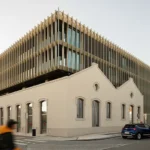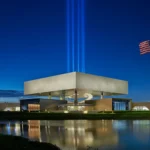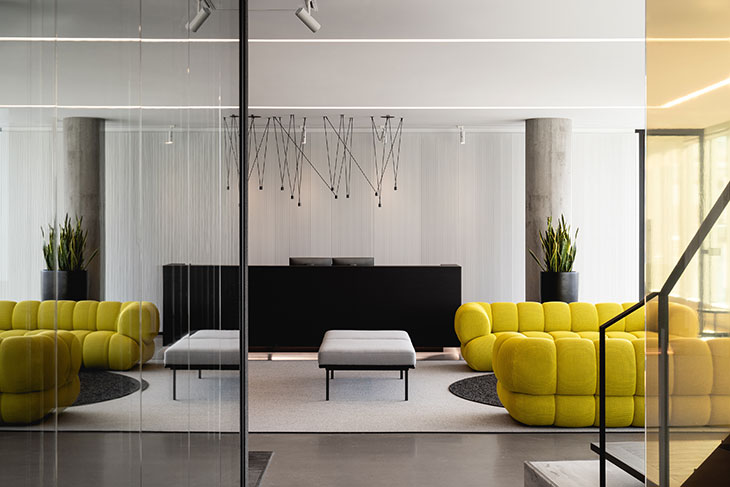
Before you ever speak, your space begins the conversation. Clients notice the layout, the materials, and the lighting. These details shape how they perceive your credibility and culture.
In crowded markets, that impression matters even more. The right design should do more than look polished, it should communicate both tradition and forward thinking.
Architectural choices can tell your story. They reveal what kind of firm you are, and who you serve. At the same time, platforms like 4LegalLeads can help bring that story to the right prospective clients, turning visibility into meaningful growth.
Tradition Meets Timelessness
Some law firms lean on tradition to build trust. Heritage can signal authority, but it cannot carry a brand on its own. To stay relevant, even the most established firms must adapt.
Picture a London practice housed in a historic Georgian building. The stone façade and wrought iron details still speak to prestige. But inside, the space tells a different story.
The firm updated its interior with minimalist finishes and modular meeting areas. Warm wood accents and smart lighting strike a balance between legacy and modern function. It’s a quiet way of saying: we honor where we’ve been, but we’re built for what’s next.
This kind of design appeals across generations. Longtime clients feel reassured. New clients see a firm willing to evolve. That balance is what keeps the brand moving forward.
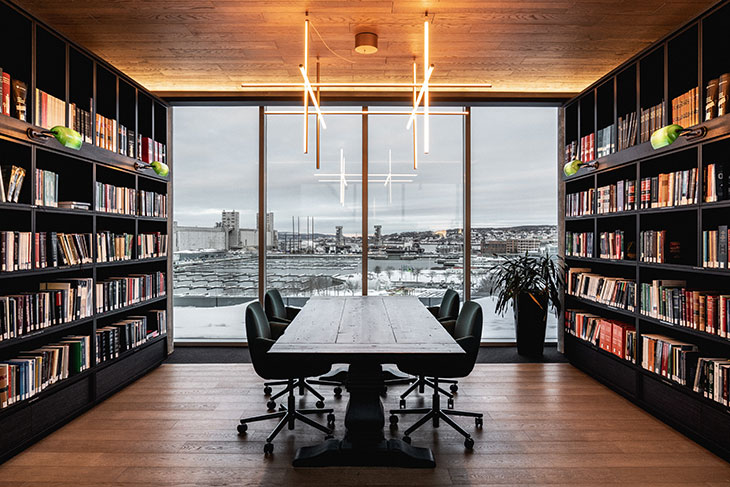
A Space for Innovation
Not every law firm is rooted in tradition. Some are built to move, and they want their space to reflect that. This is especially true for firms serving tech, startups, and emerging industries.
Imagine a boutique practice in San Francisco. The private offices and reception desks are gone. In their place: open work areas, writable walls, and flexible pods that shift with each meeting.
The materials match the mindset – raw concrete, glass dividers, and reclaimed wood. The space encourages conversation over formality. It signals transparency, adaptability, and a readiness to collaborate.
For clients in fast-moving sectors, that message resonates. The design reflects not just what the firm does, but how it thinks.
The Sustainable Statement
Firms that focus on environmental law carry a different kind of brand responsibility. Their values must show up not just in their legal work, but in the space they occupy.
Take a mid-sized firm in Portland. Their office follows LEED Platinum standards, complete with solar panels, a green roof, and rainwater recycling. The building itself becomes part of their environmental commitment.
Inside, the design keeps that message intact. Reclaimed wood, daylight-filled rooms, and living plant walls create a space that feels both grounded and intentional. It mirrors the values of the clients they serve – nonprofits, clean tech companies, and public agencies.
For those clients, it’s not just a law office. It’s a reflection of shared purpose. And in a field built on trust, that kind of alignment goes a long way.
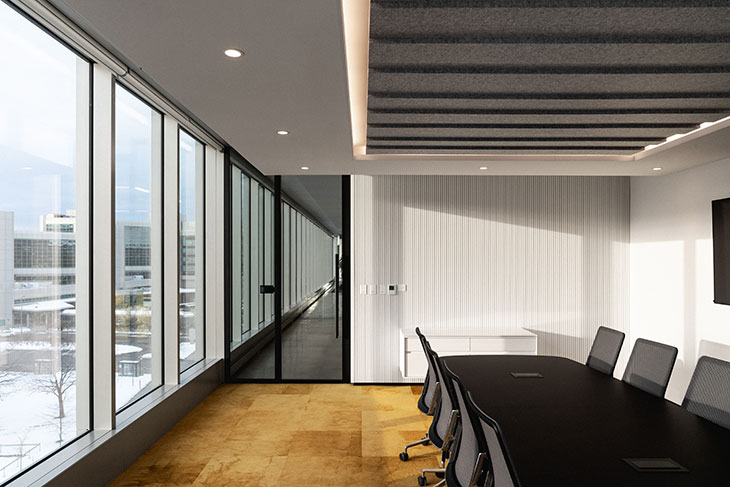
The Strategic Advantages of Spatial Branding
Design is no longer just part of the background. It’s a strategic tool that shapes how others see your firm, and how they experience it.
A thoughtful space can boost client confidence. Whether it leans modern, traditional, or industry-specific, the architecture reinforces your message. That consistency builds trust and strengthens your position in the market.
It matters inside the firm, too. Today’s attorneys want more than a desk, they want purpose-built spaces that support health, flexibility, and collaboration. Firms that deliver on those needs are better positioned to attract talent and keep it.
Architectural Trends to Watch in Legal Spaces
Hybrid work is changing what law offices look like. Fixed layouts are giving way to flexible spaces that support both in-person and remote teams. Quiet zones, shared desks, and video-ready rooms are becoming standard.
Client spaces are evolving, too. Formal waiting areas are being replaced with lounge-style seating and concierge-style reception. The focus is on comfort and not just efficiency.
Some firms are also thinking beyond daily operations. Event spaces, rooftop terraces, and art galleries are showing up in modern office plans. These areas create opportunities to connect with the broader community.
Even the smallest details carry weight. Art, materials, and finishes are chosen with care and each one reinforces the firm’s values and brand identity.
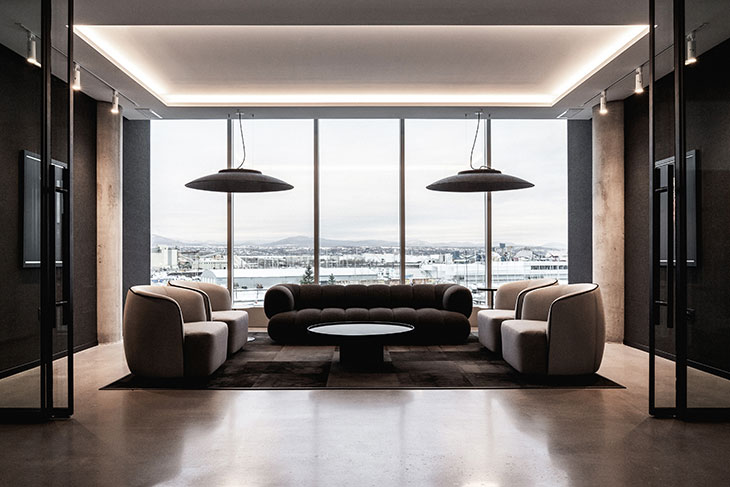
Law Firms and Architectural Design
In a profession built on perception and trust, architecture has become more than a backdrop. It is a branding tool. Law firms that invest in thoughtful design are not just upgrading their space. They are shaping how clients, peers, and future talent understand who they are.
Firms must look beyond traditional marketing to stand out as their competitive markets grow. Strategic design offers a lasting advantage that reflects identity, builds credibility, and reinforces the values that set a firm apart.
Images from LemayMichaud Transforms Fasken’s Offices – see full article here.


